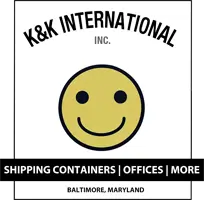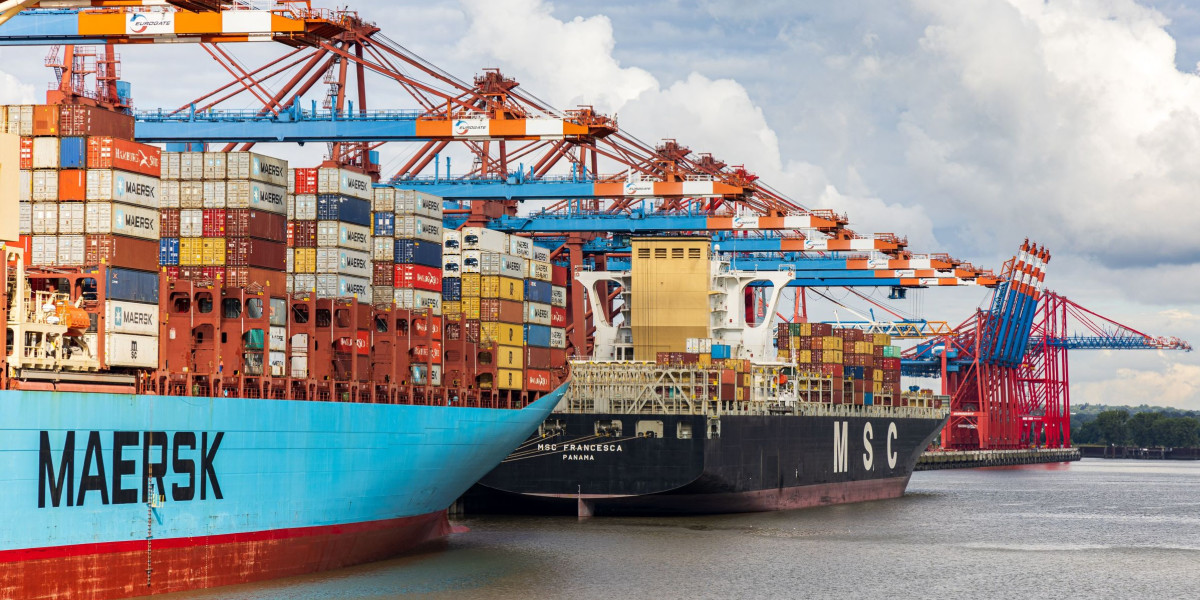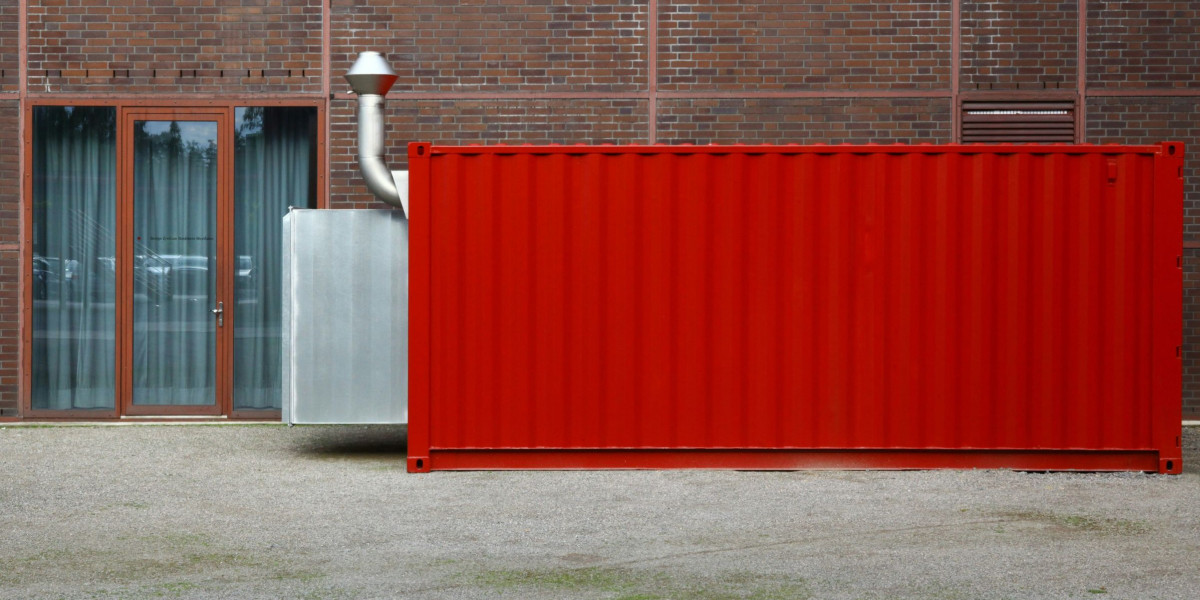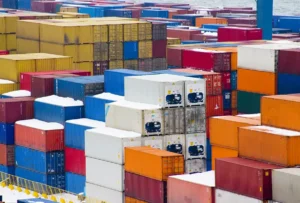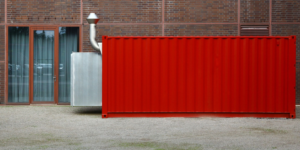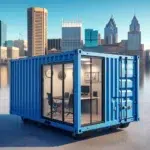Military shipping containers play a critical role in the transportation and logistics operations of armed forces worldwide. These robust structures are designed to withstand the rigors of military operations and facilitate the movement of supplies, equipment, and personnel in a secure and efficient manner.
In this comprehensive blog post, we will delve into the world of military shipping containers, exploring their various types, features, regulations, and maintenance practices. Whether you’re a member of the military, a logistics professional, or simply curious about this fascinating subject, this guide will provide you with valuable insights into the world of military shipping containers.
Understanding Military Shipping Containers
Before we dive into the details, let’s start by understanding the basics of military shipping containers. These containers are durable, stackable, and reusable units used to transport a wide range of items, from ammunition and spare parts to food and water supplies.
They are built to stringent standards and undergo rigorous testing to ensure they can withstand the demanding environments encountered during military operations. Additionally, military shipping containers are typically designed with features that provide enhanced security and protection for their contents.
Military shipping containers come in various sizes and configurations, allowing for flexibility in transporting different types of cargo. The most common sizes are 20-foot and 40-foot containers, which are compatible with standard transportation modes such as trucks, ships, and aircraft. These containers are constructed from durable materials, such as steel or aluminum, which are lightweight yet capable of withstanding extreme conditions.
Military shipping containers are equipped with features such as weather-resistant seals, locking mechanisms, and reinforced corners to protect their contents from environmental factors and potential theft or tampering.
Military shipping containers also incorporate several key features that contribute to their effectiveness in military logistics operations. One such feature is modularity, which allows containers to be easily stacked and interconnected, minimizing wasted space and enabling efficient use of transportation resources.
Furthermore, military shipping containers are typically equipped with forklift pockets and lifting rings, facilitating safe and convenient handling during loading and unloading operations. These features enhance not only the speed and efficiency of logistics operations but also the safety of personnel involved in the process.
When it comes to military operations, time is of the essence. The use of military shipping containers streamlines the logistics process, ensuring that supplies and equipment can be rapidly deployed to where they are needed most. These containers are designed to be compatible with various transportation modes, allowing for seamless transitions between different modes of transport, whether it be by land, sea, or air.
Furthermore, the durability of military shipping containers ensures that valuable resources are protected throughout the journey. These containers are built to withstand extreme weather conditions, including high winds, heavy rain, and extreme temperatures. They are also designed to withstand the rigors of transportation, including rough handling and vibrations, ensuring that their contents remain intact and undamaged.
Another important aspect of military shipping containers is their security features. These containers are equipped with locking mechanisms and tamper-proof seals to prevent unauthorized access and tampering. This ensures that sensitive equipment, ammunition, and other valuable items are protected from theft and sabotage.
In addition to their functionality, military shipping containers also play a role in sustainability. The reuse of these containers reduces the need for single-use packaging materials, minimizing waste and environmental impact. Furthermore, their stackable design allows for efficient use of space, reducing the number of trips required and the associated carbon emissions.
The Importance of Military Shipping Containers
Military shipping containers play a vital role in ensuring the readiness and effectiveness of armed forces worldwide. Let’s explore two key aspects of their importance: their role in logistics and supply chain operations and their impact on military operations.
Role in Logistics and Supply Chain
The efficient movement of supplies and equipment is essential for maintaining a well-functioning military supply chain. Military shipping containers provide a secure and standardized means of transporting goods across various modes of transportation, ensuring that critical resources reach their destinations promptly.
When it comes to logistics and supply chain operations, military shipping containers offer numerous advantages. Firstly, these containers are designed to withstand harsh environmental conditions, including extreme temperatures, humidity, and rough handling. This durability ensures that the goods inside remain protected throughout the entire transportation process.
Secondly, military shipping containers are built to be stackable, allowing for efficient use of space during storage and transportation. This feature is particularly important when dealing with large quantities of supplies and equipment, as it maximizes the use of available resources and reduces the need for additional storage facilities.
Thirdly, standardization is another key benefit of military shipping containers. These containers adhere to strict international standards, ensuring compatibility with various transportation modes, such as ships, planes, and trucks. This standardization simplifies the logistics process, as it eliminates the need for custom packaging or modifications to fit different transport methods.
By utilizing standardized containers, logistics professionals can optimize loading and unloading processes, streamline inventory management, and reduce the risk of damage or loss of valuable assets. The ease of tracking and tracing these containers also enhances visibility and control over the supply chain, enabling better decision-making and resource allocation.
Impact on Military Operations
In addition to their contributions to logistics and supply chain operations, military shipping containers have a direct impact on the effectiveness of military operations. By providing a reliable and secure method of transporting equipment and supplies, these containers enable military units to rapidly deploy to any location, ensuring they have the necessary resources to fulfill their missions.
Imagine a scenario where a military unit needs to quickly respond to a crisis or engage in a time-sensitive operation. Without military shipping containers, the process of gathering and transporting the required equipment and supplies would be significantly slower and more challenging. The ability to quickly and efficiently transport equipment and supplies directly translates into increased operational readiness and the ability to respond swiftly to changing circumstances on the battlefield.
Military shipping containers contribute to the overall safety and security of military operations. These containers are designed with robust locking mechanisms and tamper-evident features, ensuring that the contents remain protected from theft, unauthorized access, and tampering. This level of security is crucial, especially when transporting sensitive equipment, ammunition, or classified materials.
Military shipping containers are often equipped with advanced tracking and monitoring systems. These systems allow military personnel to remotely monitor the location, condition, and status of the containers, providing real-time information on the whereabouts of critical supplies. This level of visibility enhances operational efficiency, as it enables proactive decision-making and timely adjustments to the logistics plan.
Military containers also play a crucial role in both logistics and supply chain operations and the overall effectiveness of military operations. Their secure and standardized design ensures the safe transportation of supplies and equipment, while their durability and stackability optimize resource utilization. By enabling rapid deployment and enhancing operational readiness, these containers contribute to the success of military missions worldwide.
Types of Military Shipping Containers
Military shipping containers come in various types, each designed to fulfill specific functions and accommodate different types of cargo. Let’s explore the two main categories: standard military shipping containers and specialized military shipping containers.
Standard Military Shipping Containers
Standard military shipping containers adhere to internationally recognized ISO standards, making them compatible with civilian transportation systems. These containers are commonly used to transport general-purpose cargo, including provisions, clothing, and non-hazardous materials. Their standardized dimensions and interchangeable nature allow for seamless integration into existing logistics networks, enabling efficient coordination between military and civilian entities.
These standard containers are built to withstand the rigors of transportation, with durable materials and reinforced corners. They are designed to be stackable, maximizing the use of space in cargo planes, ships, and trucks. The standardized dimensions of these containers also facilitate efficient loading and unloading processes, ensuring quick turnaround times during military operations.
Furthermore, standard military shipping containers are equipped with various features to enhance their functionality. Many containers have built-in locking mechanisms to secure the cargo during transportation, protecting it from theft and tampering. Some containers also have ventilation systems to regulate temperature and humidity, ensuring the preservation of goods that are sensitive to environmental conditions.
Specialized Military Shipping Containers
In some situations, specialized military shipping containers are required to transport specific types of cargo that necessitate additional features or accommodations. Examples of specialized containers include those designed for the transportation of hazardous materials, refrigerated containers for perishable goods, and containers optimized for the secure transport of weapons and sensitive equipment. These specialized containers are tailored to meet the unique requirements associated with their designated cargo, ensuring its safety and integrity throughout the transportation process.
Hazardous material containers are constructed with extra precautions to prevent leaks and spills. They are often made of materials that are resistant to corrosion and chemical reactions. These containers undergo rigorous testing and certification processes to ensure compliance with international safety standards.
Refrigerated containers, also known as “reefers,” are equipped with temperature control systems to maintain the freshness and quality of perishable goods. These containers are commonly used to transport food, medical supplies, and other temperature-sensitive items. The temperature inside the container can be adjusted according to the specific requirements of the cargo, ensuring that it remains within the desired temperature range throughout the journey.
Containers designed for the secure transport of weapons and sensitive equipment prioritize safety and confidentiality. They are equipped with advanced locking mechanisms, reinforced walls, and additional security features to prevent unauthorized access. These containers are often used to transport firearms, ammunition, classified documents, and other high-value items that require utmost protection.
Overall, specialized military shipping containers play a crucial role in ensuring the safe and efficient transportation of various types of cargo. By providing tailored solutions for specific needs, these containers contribute to the success of military operations and logistics, enabling the armed forces to carry out their missions effectively.
Regulations and Standards for Military Shipping Containers
Military shipping containers are subject to a comprehensive framework of regulations and standards to ensure their safe and efficient use. These regulations encompass both international shipping regulations that apply to civilian cargo and military-specific standards that address additional considerations unique to military operations.
International Shipping Regulations
Globally recognized organizations, such as the International Maritime Organization (IMO) and the International Air Transport Association (IATA), have established guidelines and regulations governing the transportation of cargo by sea and air. These regulations cover aspects such as container labeling, stowage requirements, and documentation, ensuring compliance with international safety and security standards.
Military-Specific Standards
In addition to international shipping regulations, military shipping containers must meet specific standards set by armed forces to address unique operational requirements. These standards cover areas such as structural integrity, compatibility with military transportation systems, and security measures. Adherence to these standards guarantees that military shipping containers can withstand the demanding conditions encountered in the field while safeguarding the mission-critical cargo they transport.
Maintenance and Care for Military Shipping Containers
To ensure their continued efficiency and longevity, military shipping containers require regular maintenance and proper care. Let’s explore some essential practices related to their maintenance and handling.
Routine Maintenance Practices
Regular inspections and maintenance checks are crucial for identifying and addressing any issues that may compromise the integrity or functionality of military shipping containers. These maintenance practices include cleaning, repairing damages, inspecting seals and locking mechanisms, and ensuring compliance with standard operating procedures.
By adhering to a routine maintenance schedule, military units can ensure that their shipping containers remain in optimal condition, ready to fulfill their intended purposes when needed.
Handling and Storage Guidelines
Proper handling and storage techniques are vital for preserving the structural integrity and longevity of military shipping containers. Handlers must be trained to utilize correct lifting and loading procedures to prevent damage to the containers and their contents.
Containers should also be stored in appropriate facilities or designated areas, protecting them from harsh weather conditions and unauthorized access. By following these guidelines, military units can extend the lifespan of their shipping containers, maximizing their value and functionality.
Need a regular or customized shipping container for your military project or client? K&K has deep, direct experience with dozens of military contractors. Get your quote now and we’ll respond within two to three business days!
